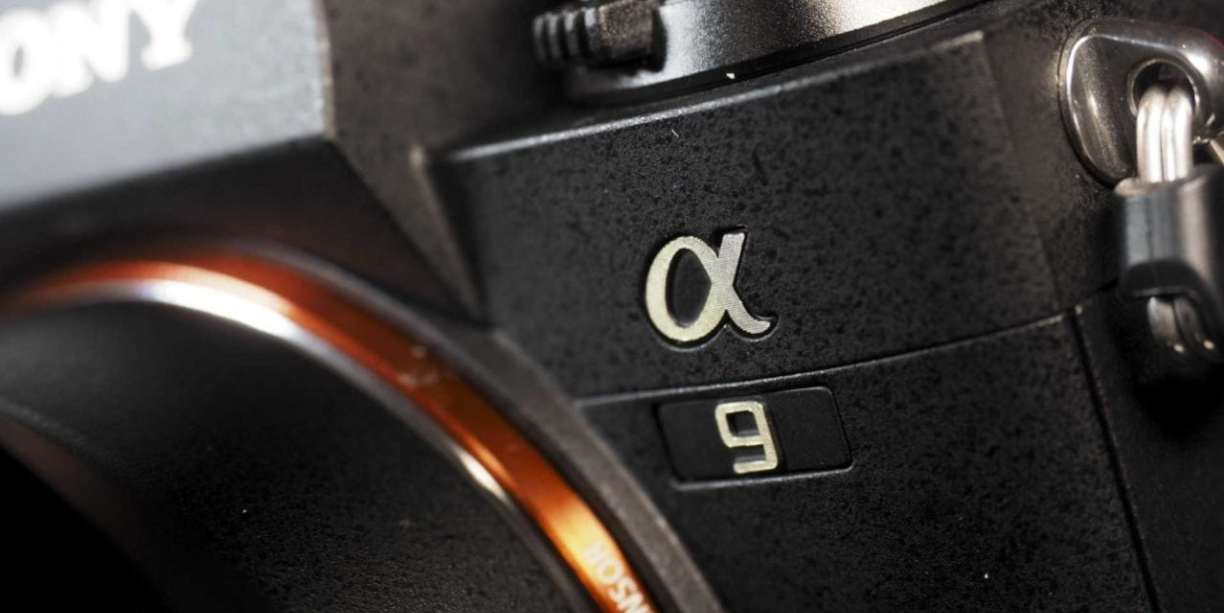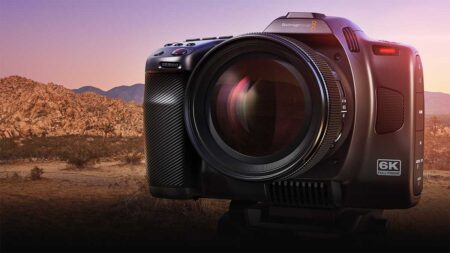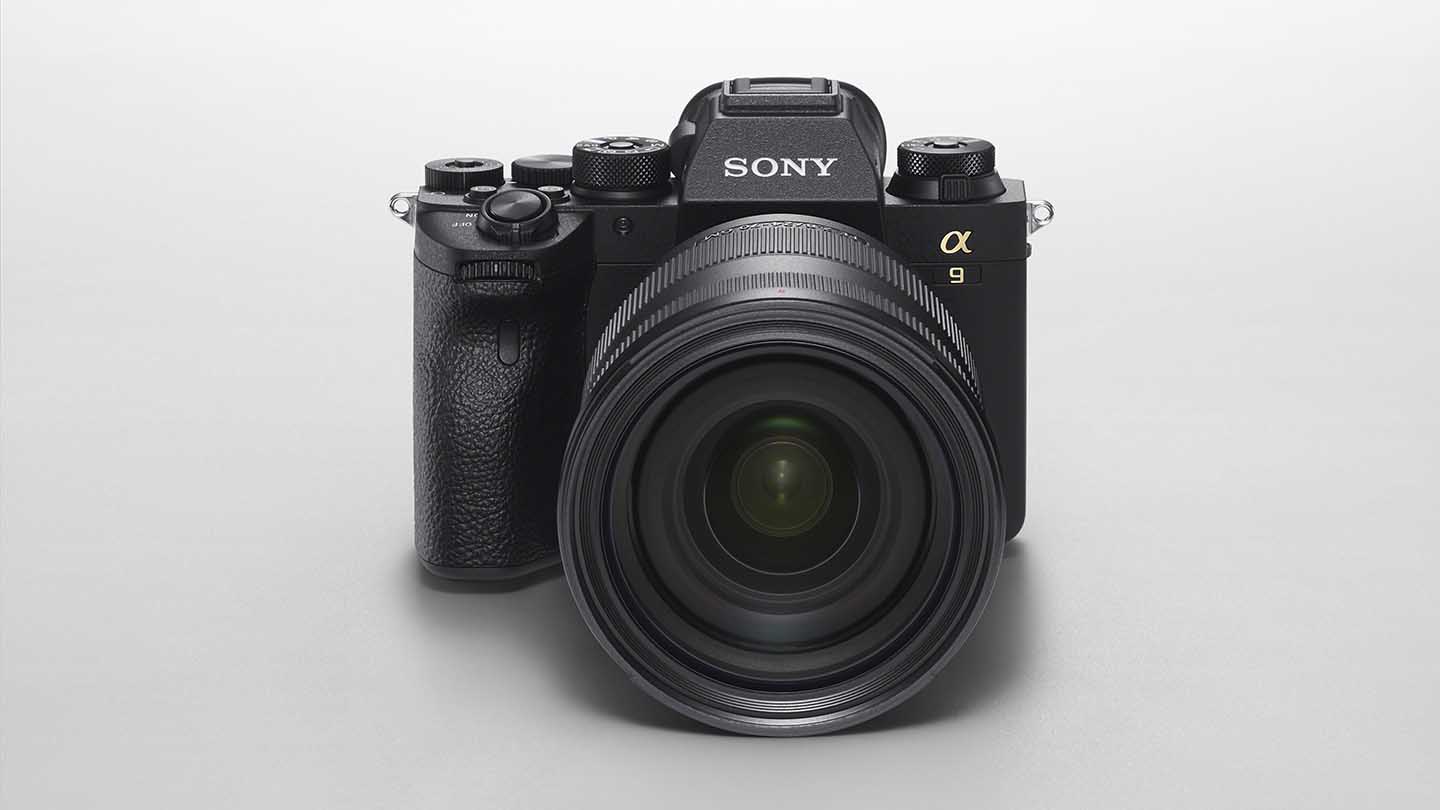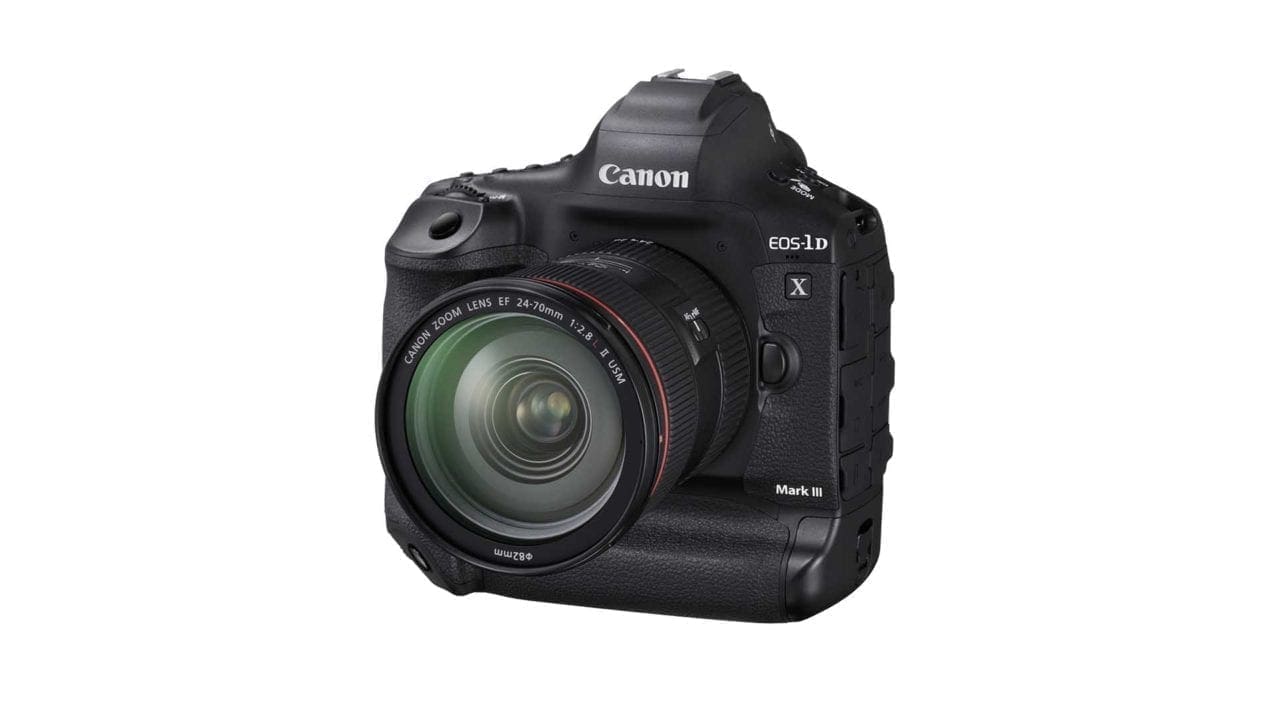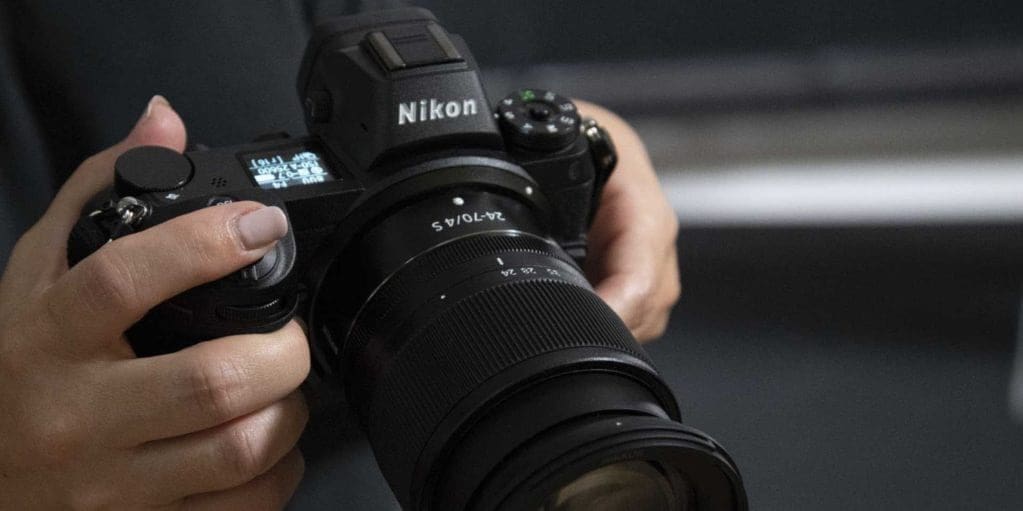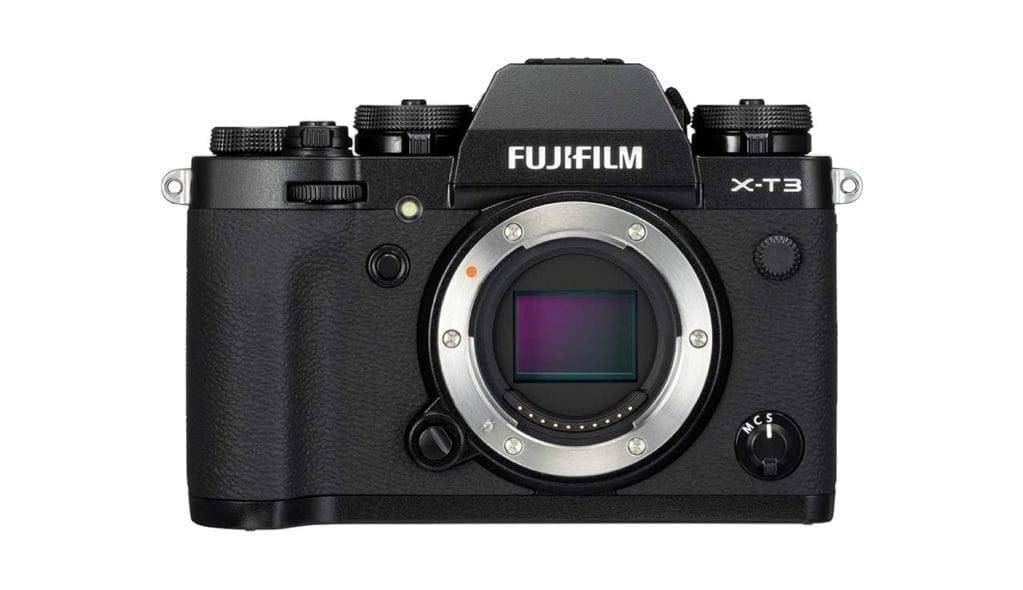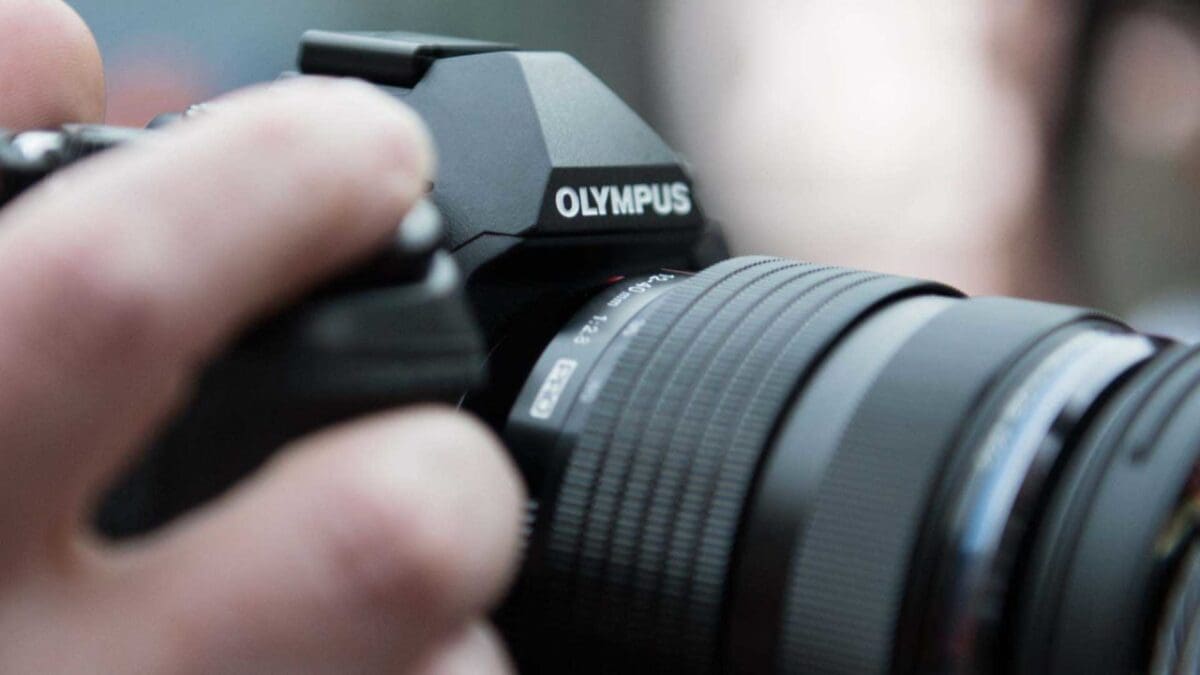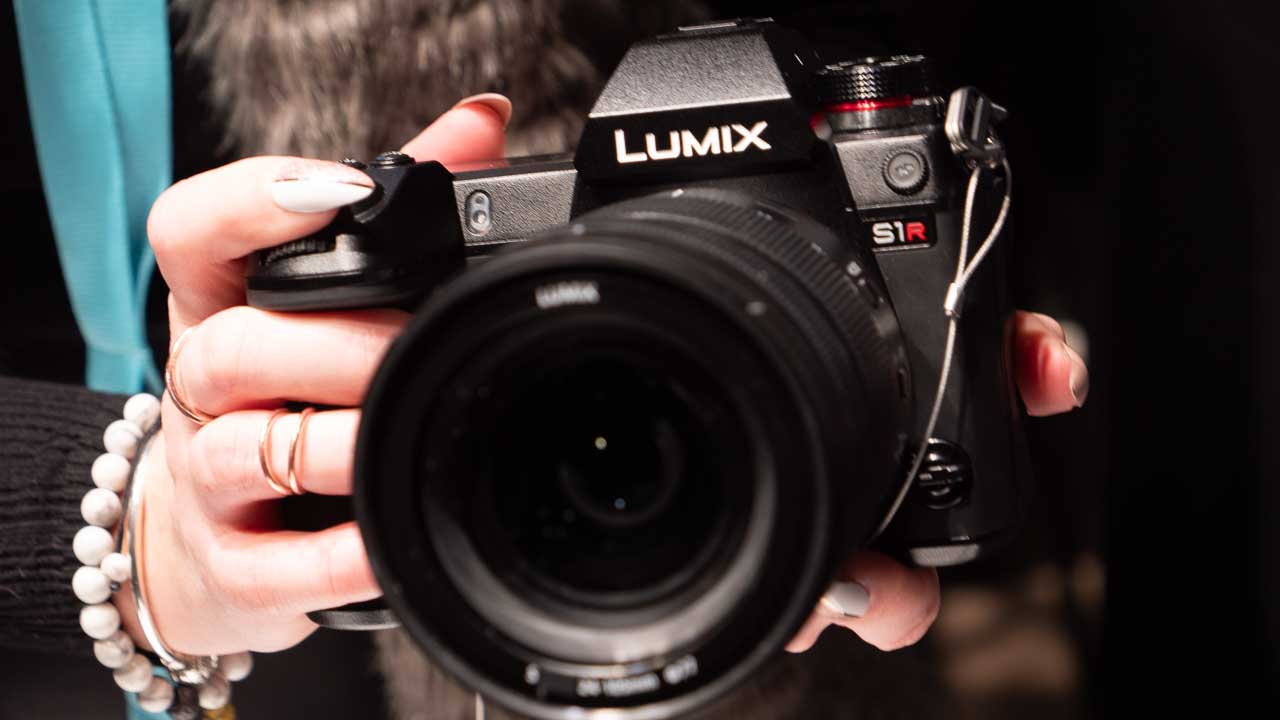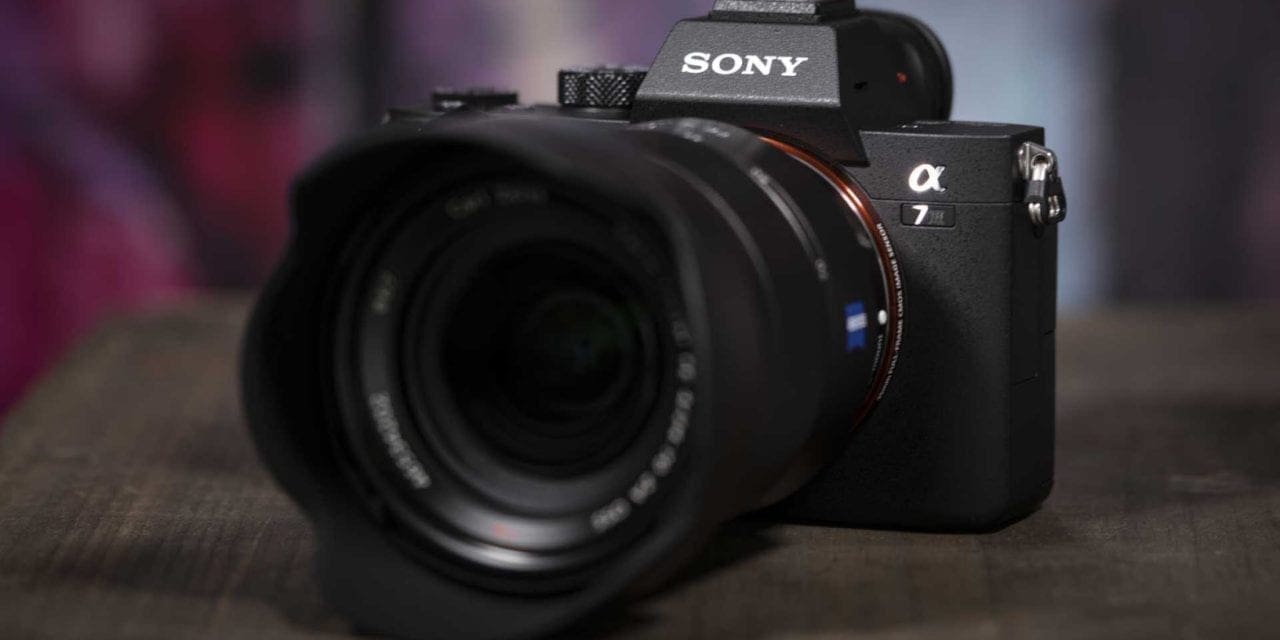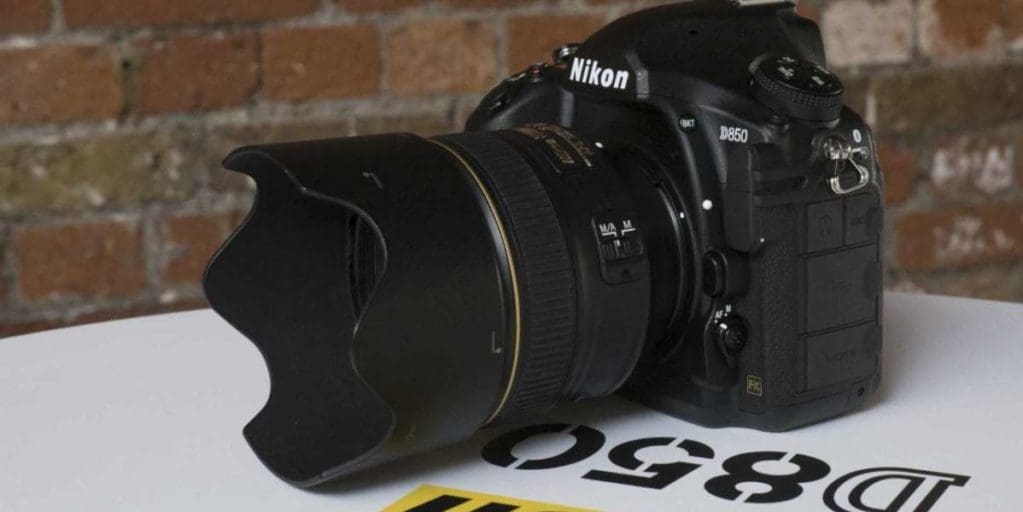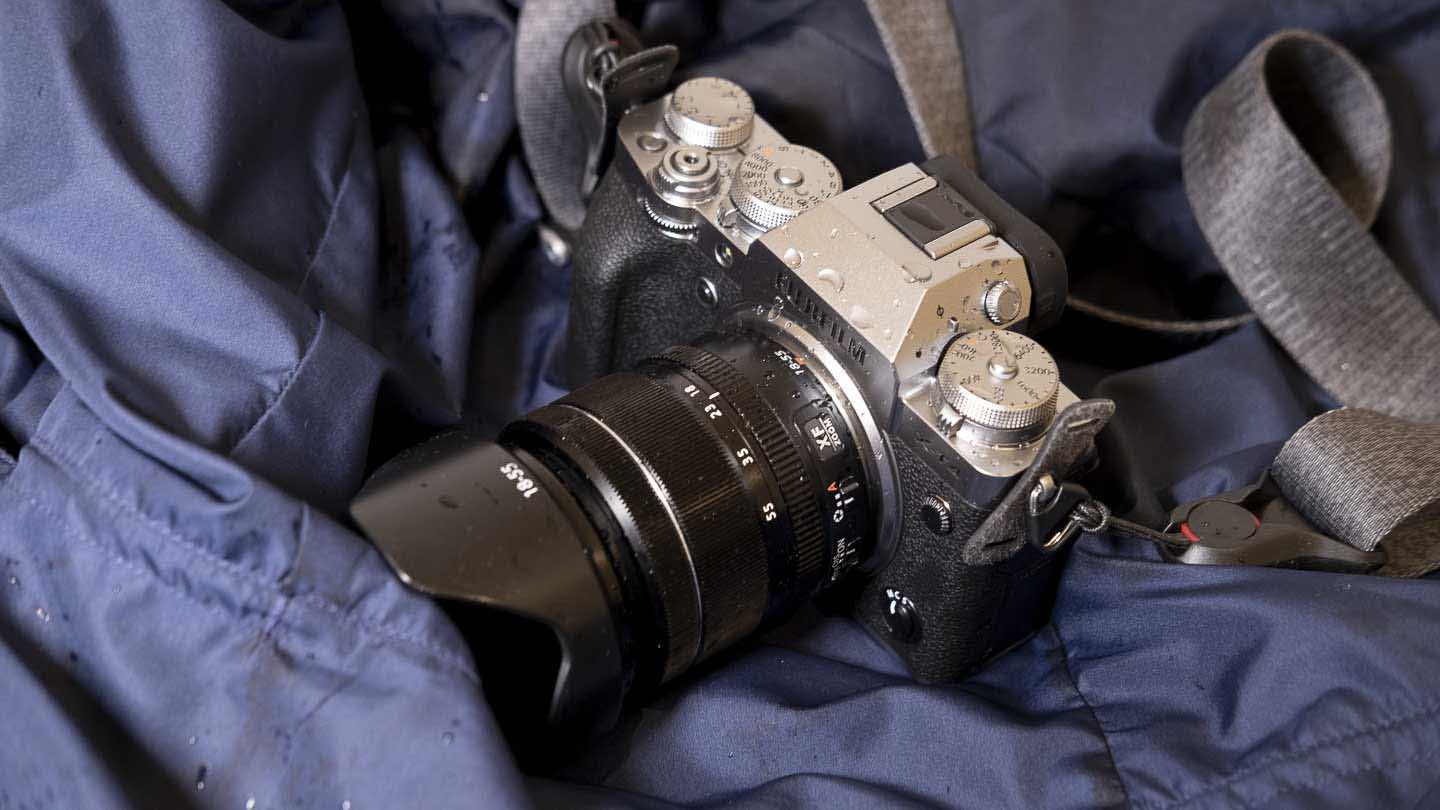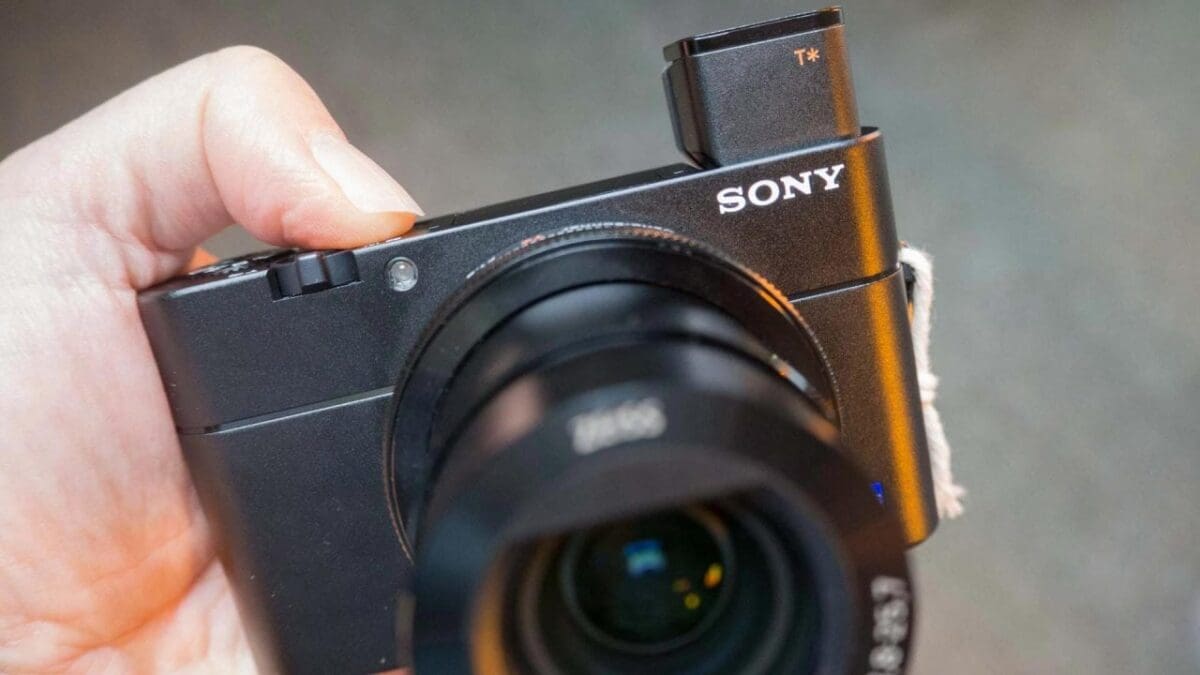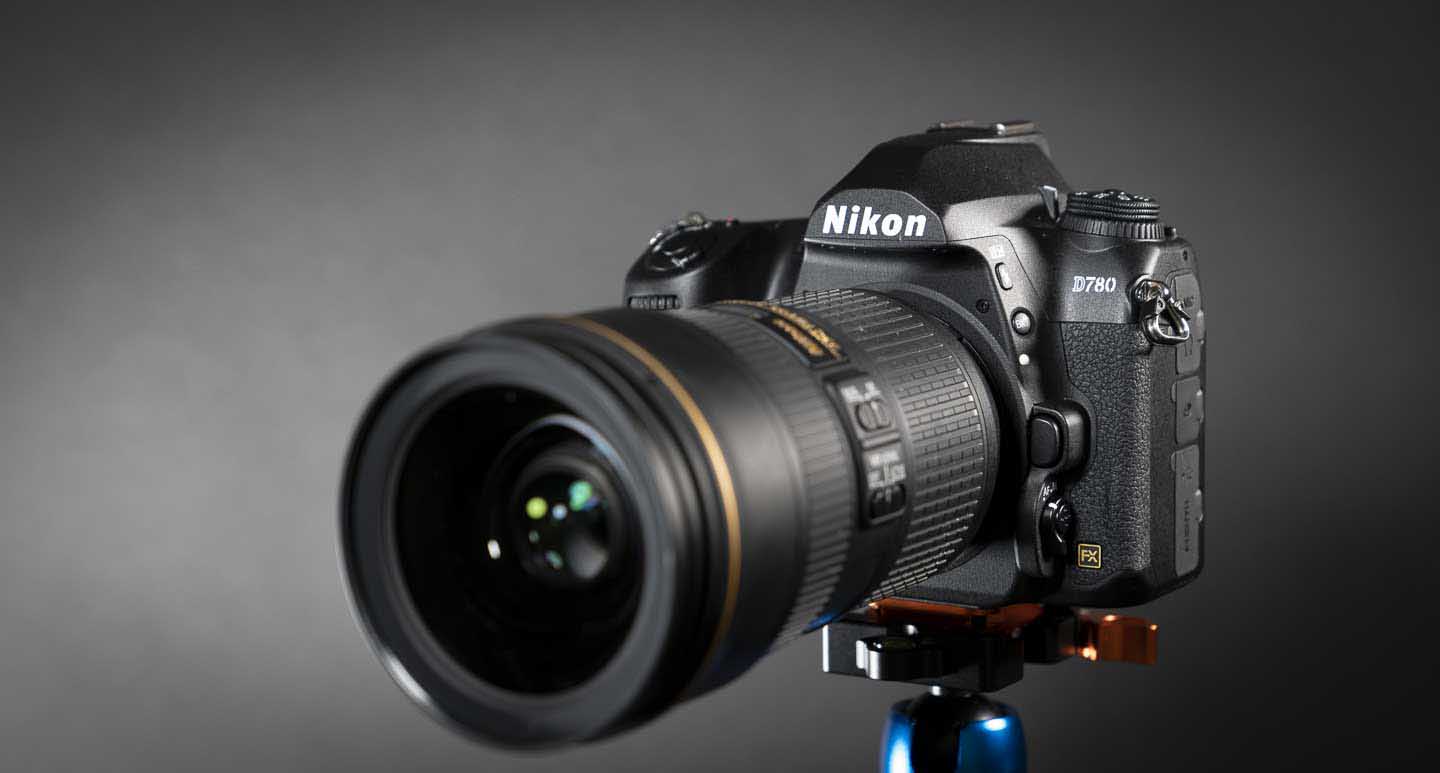We’ve been ruthless in picking the best cameras on the market right now. The cameras in this list represent the best you can buy across the different key categories; DSLR, mirrorless (full-frame, APS-C or Four Thirds) and compact.
Basically, whatever kind of camera you’re likely to be in the market for, we’ve picked our favourite buys here. Or perhaps you already know what kind of camera you want to buy? In which case, you might want some more specific information from some of our other camera buyers’ guides:
- Best cheap cameras that are actually pretty awesome
- Best cameras for beginners
- Best travel cameras you can depend on
- Canon vs Nikon: how to choose the best DSLR
- Best mirrorless cameras in the world
- Best DSLRs you can buy today
- Best 360 cameras for capturing the wider world around you
- Best cameras for vlogging
Consumers are treated to more choice than ever before, which made narrowing down the choices for this tricky at times. In the end, it came down to cameras which provide the best set of features in that particular category, as well as those that yield the best quality images and have good handling.
Read on to find out which models made it to the final selection.
Sony A9 II
A superb follow-up to the original, which adds loads of connectivity
Sensor: Stacked CMOS | Megapixels: 24.2 | Lens Mount: Sony FE | AF System: Hybrid AF; 693-point wide-area phase-detection, 425 points contrast detect | Viewfinder: 0.5-inch electronic viewfinder, 3,6m-dot, 100% coverage | Screen: 3-inch, 1.4m-dot, tilting, touch-sensitive Max video resolution: 4K | Max frame rate: 20fps
The Sony A9 II retains the same stacked 24-megapixel full-frame sensor as its predecessor, the A9. However, Sony is promising more precision and faster operation thanks to the addition of its latest Bionz X processor.
The A9 II also retains the A9’s much-lauded 693-point phase detection AF system, which also includes 425 contrast AF points. It also incorporates Sony’s Real Time Eye-AF, Real Time Tracking and Fast Hybrid Focusing modes.
Some of the bigger changes in the A9 II vs the A9 are in its design, which includes new weather-proofing around the A9 II body should appeal to professional users. Sony has also reinforced the areas around ports and battery and memory card doors to prevent ingress of water.
Another new addition to the Sony A9 II is a built-in 1000BASE-T Ethernet terminal, enabling gigabit communication for high-speed data transfer.
The Alpha 9 II also adds a new Voice Memo function that allows users to attach voice memos to specific images that can be replayed when the images are reviewed.
Canon EOS-1D X Mark III
Canon’s latest professional DSLR is built for speed and shooting in low light
Sensor: 20.1-megapixel full-frame CMOS sensor ISO Range: ISO 50 to 819,200 Screen: 3.2-inch touch-sensitive TFT LCD with 2,100,000 dots Video: 4K 12-bit Raw internal video recording Dimensions: 158 x 168 x 83mm
Aimed at professional users, the Canon EOS-1D X Mark III is a replacement for the EOS-1D X Mark II and uses a 20.1-megapixel full-frame CMOS sensor alongside Canon’s latest DIGIC 8 processor.
Sensitivity is improved, offering a wide native range of ISO 50 to 819,200. There’s also a new High Detail Low-Pass Filter, which Canon says samples the light over a greater number of points to help produce sharper images.
There’s also a new AF system that features 191 selectable AF points, 155 of which are cross-type.
Canon is also targeting videographers by providing 4K 12-bit Raw internal video recording. The EOS-1D X Mark III is the first non-cinema Canon camera, in fact, to offer Raw recording.
What’s more, it is also the first EOS-1 series camera to support Movie Digital IS – providing 5-axis stabilisation to cope with a wide range of movements – a feature seen in high-end Canon cinema cameras like the EOS C500 Mark II.
Nikon Z 7
The best handling of any Nikon camera and superb image quality
Sensor: Full-frame CMOS, Megapixels: 45.7, Lens Mount: Nikon Z-mount, AF System: Hybrid AF with 493 points, Viewfinder: 0.5-inch 3.6million-dot, electronic viewfinder, 0.8x magnification, Screen: 3.2-inch, 2,100k-dot, tilting, touch-sensitive, Max video resolution: 4K ((3840 x 2160), Max frame rate: 9fps
- Pros: Superb handling, excellent image quality, high resolution
- Cons: Expensive, single XQD card slot, images slow to appear after shooting
As much as we like the Sony A7R III, Nikon has done a better job with the handling of the Z 7, so it makes our choice of high-resolution mirrorless camera. The touch-control is very well implemented and a few of the issues we’ve had with Nikon’s DSLRs have been resolved to make the Z 7a more intuitive to use.
Despite its high pixel count, the Nikon Z 7 keeps noise under control well and the dynamic range is jaw-droppingly high. And although Sony may have the edge for AF tracking, Nikon’s AF system can keep pace with fast-moving subjects.
Fujifilm X-T4
Sensor: 26MP BSI APS-C X-Trans CMOS IV | ISO Range: 160 – 12800 (80 – 51,200 expanded) | Viewfinder: 0.5-inch 2.36-million dot OLED Colour viewfinder, 0.77x magnification | Screen: 3.0-inch, 3.69k-dot tilting touch-sensitive screen | Video: 4K(4096×2160) | Dimensions: 132.5 x 92.8 x 58.8mm
It may have the same 26.1MP X-Trans CMOS 4 sensor and X-Processor 4 processing engine as the X-T3, but the Fujifilm X-T4 also has 5-axis in-body image stabilisation with a shutter speed compensation value of 6.5Ev, a quieter shutter, a bigger battery, a great new Film Simulation mode and a vari-angle touchscreen.
Like the X-T3, the X-T4 can shoot C4K (4096 x 2160) MOV video at up to 60p. However, it can also record in MP4 format.
In addition, its possible to record Full HD video at up to 240p (with continuous focusing), twice the rate possible with the X-T3. That’s great news for those who like to see action in slow-motion.
All this combined with Fujifilm’s image-quality knowhow makes the X-T4 the company’s best X-series camera to date, not to mention one of the best mirrorless cameras you can buy today.
It may not be an automatic upgrade choice for X-T3 users, but X-T1 and X-T2 photographers will love it. More significantly, it’s very attractive to anyone contemplating their first serious Fuji camera.
- For more information read our Fujifilm X-T4 Review
Olympus OM-D E-M1 Mark III
The flagship Olympus model contains some seriously impressive specs for a range of different subjects
Sensor: Four Thirds type Live MOS, Megapixels: 20, Lens Mount: Micro Four Thirds, AF System: Hybrid AF, 121 point, Viewfinder: 2.36m-dot LCD Electronic Viewfinder, Screen: 3-inch, vari-angle, 1037k-dot, touch-sensitive, Max video resolution: 4K, Max frame rate: 60fps
- Pros: Incredible image stabilisation, vari-angle touchscreen
- Cons: Expensive, complicated menu system
By far the most contentious category in our list, the amount of excellent choice in the mirrorless market right now is incredible. We chose the Olympus OM-D E-M1 Mark II thanks to its fantastic range of features, which includes a superb AF system and image stabilisation which gets sharp shots when shooting handheld at shutter speeds as slow as 2 seconds.
The E-M1 Mark II suits a huge amount of different subjects, including sports and wildlife, with an unrivalled 60fps available (with fixed AF), or 18fps with continuous AF. Other attractive models in this category include the Fujifilm X-T2 and the Panasonic GH5, but the OM-D E-M1 Mark II just pips them to the post for its all-round capabilities.
- Read our in-depth Olympus OM-D E-M1 Mark II review
Panasonic S1, S1R
Panasonic’s first full-frame cameras offer a superb mix of high resolution and video capability
As with the S1 and its Micro Four Thirds cameras, Panasonic has used a contrast detection autofocus (AF) system in the Lumix S1R. This is claimed to have an impressively wide working range of -6Ev to 18Ev.
The AF system draws on the company’s Depth From Defocus (DFD) technology to speed the focusing. Combined with the high-speed communication afforded by the Lumix S series lenses, it delivers a claimed focus acquisition time of 0.8sec.
Artificial Intelligence is all the rage in photography at the moment, and Panasonic has employed it to help the S1 and S1R identify humans, cats, dogs and birds. Once the camera has identified one in the scene, it can focus on it.
Helpfully, you can press the joystick on the back of the camera to toggle through identified objects to select the one you want to focus on.
There are nine AF point selection modes on the S1: Face/Eye/Body/Animal Detection, Tracking, 225-Area, Zone (Vertical/ Horizontal), Zone (Square), Zone (Oval), 1-Area+, 1-Area and Pinpoint. I found 1-Area and 1-Area+ the most reliable.
However, the Face/Eye/Body/Animal Detection system does a good job of spotting those subjects in a scene. That’s indicated by a white box around them. A yellow box indicates the focus area. This is useful when there are several faces in the scene, you can just tap the one that you want to be the focus point to move the yellow box.
Sony A7 III
Sensor: 24.2Mp Full-frame (35.8 x 23.9mm) | ISO Range: 50-204,800 | Viewfinder: Electronic 0.5-inch type OLED with 2,359,296 dots | Screen: Tilting 3-inch touch-sensitive LCD with 921,600 dots | Video: 4K (3840 x 2160) at 30p, 100Mbps | Dimensions: 126.9 x 95.6 x 73.7mm
Although it doesn’t have exactly the same sensor as the Sony A9, the full-frame A7 III has the same pixel count (24.2million). It also has a similar autofocus (AF) system with 693 points and it does a great job of getting fast-moving subjects sharp. Add in the maximum continuous shooting rate of 10fps (silent if you want) with full AF and metering capability and you start to see why the A7 III is selling like hot cakes.
Sony has given the A7 III an OLED viewfinder with 2,359,296 pixels, which although lower resolution than the A9’s viewfinder, gives a detailed view. A mini-joystick on the back of the camera falls conveniently under your thumb for selecting the AF point but you can use the touch-screen to set the point if you prefer – even when looking in the viewfinder.
Like the A9, the A7 III ‘s touchscreen can be tilted to give a better view of video or landscape format images. Unfortunately, Sony hasn’t made much use of the touch-control but it’s handy for setting AF point or zooming quickly into images to check sharpness.
The A7 III’s menu is very extensive and there are lots of customisation options available. This means it can take a while to get to know the camera but you can set-up to suit your style of shooting.
It’s an excellent all-rounder that delivers superb-quality images and video. The A7 III is arguably one of the best mirrorless cameras on this list when you consider the balance of specs, performance and price point.
Best for: enthusiast photographers shooting a wide range of subjects
Nikon D850
A fantastic all-rounder which is hard to beat
Sensor: FX (full-frame)CMOS | Megapixels: 45.7 | Lens Mount: Nikon F | AF System: Multi-CAM 20K autofocus sensor module, 153 focus points (including 99 cross-type, of which 55 are available for selection) Viewfinder: Eye-level pentaprism (optical viewfinder), 100% coverage, 0.75x magnification | Screen: 3.2-inch touch-sensitive tilting LCD, 2359k-dots | Max video resolution: 4K Max frame rate: 7fps/9fps
Pros: High-resolution sensor, outstanding battery life, superb AF
Cons: Expensive, AF points clustered around the centre of the frame, slow Live View shooting
Possibly the most popular camera of 2017, the Nikon D850 is a great all-rounder which offers both enthusiasts and professionals a fantastic performance. The AF system is inherited from the top-of-the-line D5, while the 45.7 million pixel sensor allows for some superb detail reproduction.
The optical viewfinder is the largest ever found on a Nikon DSLR, while the tilting touch-sensitive screen comes in useful for certain subjects. Silent shooting is enabled when you use Live View, which is great for discreet shots where you need to be quiet.
Although not primarily aimed at sports and action photographers, 7fps gives you something to work with – and you can boost that to an even more usable 9fps by adding an optional battery grip. While the Sony A9 may have the D850 beat in some key areas (such as frame rate), for professionals working in the field, the D850’s battery life is so much more workable.
Overall the D850 gets our pick of the best full-frame camera for its fantastic versatility and high image quality, while being more affordable than the professional-level D5.
Fujifilm X-T4
Style and substance with this well featured and attractive option
Sensor: X-Trans CMOS 4 APS-C sensor Megapixels: 26.1 Lens Mount: Fuji X AF System: Intelligent hybrid with up to 425 selectable AF points Viewfinder: 0.5 inch, 3.69 million dot OLED, 100% coverage Screen: Vari-angle 3-inch 1.6 million dot touch screen LCD Max Video Resolution: C4K (4096×2160) at 59.94p/50p/29.97p/25p/24p/23.98p 400Mbps/200Mbps/100Mbps, 4:2:0 10bit internal SD card recording; 1080/240p
Pros: Fast AF and frame rate, 4K video, IBIS
Cons: It’s hard to fault this camera
It may have the same 26.1MP X-Trans CMOS 4 sensor and X-Processor 4 processing engine as the X-T3, but the Fujifilm X-T4 also has 5-axis in-body image stabilisation with a shutter speed compensation value of 6.5Ev, a quieter shutter, a bigger battery, a great new Film Simulation mode and a vari-angle touchscreen.
Like the X-T3, the X-T4 can shoot C4K (4096 x 2160) MOV video at up to 60p. However, it can also record in MP4 format.
In addition, its possible to record Full HD video at up to 240p (with continuous focusing), twice the rate possible with the X-T3. That’s great news for those who like to see action in slow-motion.
All this combined with Fujifilm’s image-quality knowhow makes the X-T4 the company’s best X-series camera to date, not to mention one of the best mirrorless cameras you can buy today.
It may not be an automatic upgrade choice for X-T3 users, but X-T1 and X-T2 photographers will love it. More significantly, it’s very attractive to anyone contemplating their first serious Fuji camera.
Sony RX100 V
A pocket whiz with more technology than perhaps you’ll ever need, the ultimate compact camera.
Sensor: 1-inch stacked CMOS, Megapixels: 20.1, Lens: Zeiss Vario-Sonnar T* Lens, 2.9x zoom (24-70mm equivalent), f/1.8-2.8, AF System: Hybrid (including 315 phase-detection points, 25 contrast detect points), Viewfinder: 0.39-inch, 2,359,269-dot, retractable viewfinder with 0.59x magnification Screen: Tilting, 3.0-inch, 1,228,800-dot, Max video resolution: 4K, Max frame rate: 24fps
Pros: Fast lens, pocket-friendly
Cons: Very expensive, no front-grip
As you might expect from a compact camera with an eye-watering asking price of £1,000, the RX100V is jam-packed with advanced technology. This pocket-sized powerhouse is extremely small, but still manages to fit in a one-inch sensor and a retracting viewfinder.
Even more impressively is the fact that the camera can shoot at 24fps and has 315 phase detection autofocus points – oh and it can shoot 4K video too. If you want to make sure you always have a very capable camera with you, but don’t want the bulk, the RX100V is the best you can buy.
- Want more information? Read our in-depth Sony RX100 V review!
Nikon D780
Nikon’s first DSLR since launching the Z series cameras brings hybrid mirrorless technology
Sensor: Full-frame (FX) 24.5Mp CMOS ISO Range: ISO 100-51,200, expandable to 50- 204,800 Viewfinder: Optical with 100% view Screen: 3.2-inch 2,359,000-dot tilting touchscreen Video: 4K at 30p/25p/24p
Perhaps the most interesting camera on our list of the best DSLRs, the D780 is the first DSLR Nikon has introduced since it unveiled the mirrorless Z7, Z6 and Z50. This means it’s also the first camera to benefit from mirrorless camera technology and consequently the autofocusing in Live View mode is streets ahead of that of other Nikon DSLRs.
Like the D750 it replaces, the Nikon D780 is a full-frame or FX format DSLR with the Nikon F-lens mount. That means its has a sensor that’s the same size as a 35mm film frame.
Nikon has also stuck with a very similar resolution as the D750 for the D780. However, the 24Mp sensor in the D780 is much newer than the D750’s. And although Nikon’s representatives weren’t able to confirm it ahead of the official announcement, it seems highly likely that the D780 has the same 24.5Mp backside illuminated (BSI) sensor as the Z6. The biggest clue to this is the fact that in video and Live View mode, the D780 uses the same hybrid autofocus system as the Z6.
This system combines phase detection with contrast detection and there are 273 points available for selection, plus Eye-Detection AF for stills-shooting. This AF system is claimed to be sensitive down to -4Ev in normal circumstances and -6Ev in Low Light AF mode with lenses with a maximum aperture of f/2 or wider.
As it’s a DSLR, the D780 has another autofocus system for when images are composed in the optical viewfinder. This has a dedicated AF sensor with 51 user-selectable phase detection AF points with 15 cross-type points. According to Nikon this AF system is sensitive down to -3Ev and it offers ‘flagship tracking capabilities’.

